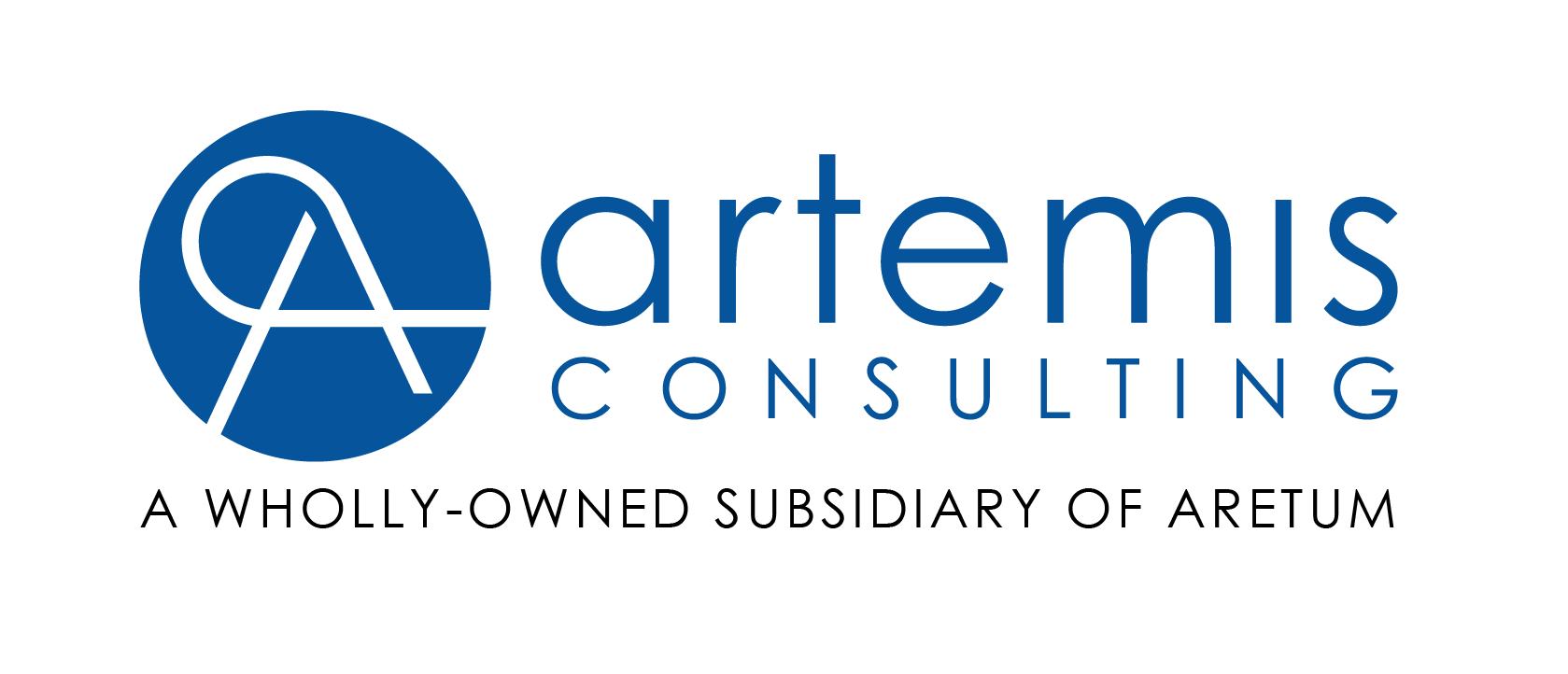
Often, the biggest challenges when working with others is collaborating efficiently. If we sit face-to-face with team members in a room, we can communicate immediately and respond to changing situations in real-time. But when we’re removed from one another, sitting at workstations, or even in other offices, communication and coordination efficiency suffers. Maybe we use e-mail, instant messaging, and phone calls to mitigate. But what if we used a “virtual workspace” to help restore some of the conveniences we lose when we don’t or can’t work face to face? What if we use Microsoft SharePoint as a team-centric, shared virtual conference room?
SharePoint is an outsized addition to other tools we use every day in our IT dominated offices. At its core, it provides web portals that bring together the digital artifacts that groups produce and use to be successful teams. Its whole reason for being is to facilitate collaboration in the modern workplace, and it allows you to do the things you need to do using the same tools you’ve probably been using for years in the way that you’ve already been using them.
You don’t need to be using Microsoft Office for SharePoint to be a good team-enabling resource. Above all other things, SharePoint is about organizing, sharing, and even auto-processing “digital artifacts”, such as documents, images, blogs, task lists, event calendars, and the like. The information and artifacts just need to be digital in nature, something you can save to a hard drive.
So, how exactly is SharePoint helpful in getting work products through a team’s collaborative business processes? How does it help them work better together? In effect, things put into SharePoint are put onto virtual table tops, in neat stacks arranged in neatly labeled rows and columns. These virtual table tops are, in reality web sites, accessible via your favorite web browser. In short, SharePoint makes it easy to share work.
Diving a little deeper, SharePoint smooths collaboration by facilitating the organization and discovery of digital artifacts, controlling who has the ability to add, read, change, or remove them. A team or organization would establish a taxonomy and a system of governance to make sure that what goes into SharePoint pages is logically related to everything else around it. When governance and taxonomy are well thought out and established, and with occasional curation, SharePoint becomes like a catalogued library or filing system of team artifacts. It makes it easier to identify where new artifacts should be placed and helps to find them again later, without the need for team members and outside collaborators to inquire with each other.
I hope this blog has you intrigued about some of the collaboration-enhancing capabilities of SharePoint. Check back later for more blogs that will look at some of the best things you can do with SharePoint, explore reasons why enterprises should consider enhancing and extending SharePoint, and point out practices that can help to keep SharePoint tame.
Also, keep a lookout for our White Paper on SharePoint collaboration, coming in late March 2016 and expanding upon this blog.
